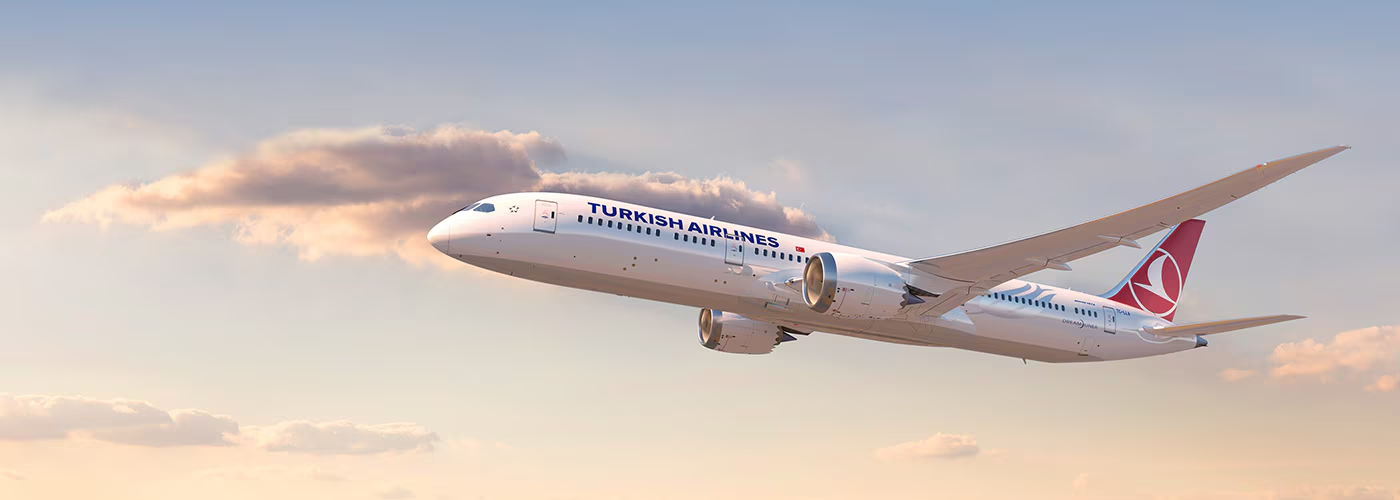Hydrogen Fuel Vs SAF(Sustainable Aviation Fuel)
What is a hydrogen aircraft?
A hydrogen aircraft is an airplane that uses hydrogen as a power source. Hydrogen can be burned in a jet engine or any other kind of internal combustion engine. It can also be used to power a fuel cell, which generates electricity to power a propeller.
Unlike most aircraft that use wings to store fuel, hydrogen aircraft are usually designed with the fuel tanks carried inside the fuselage.

Can hydrogen be used to power an aircraft?
Hydrogen combustion has already been used to fuel aircraft. In fact, in 1988, the world’s first experimental commercial aircraft operating on liquid hydrogen (and later, liquefied natural gas) took to the skies- the Tupolev Tu-155 (15 APR 1988).

Design Considerations
Liquid hydrogen has about four times the volume for the same amount of energy as kerosene. In addition, its highly volatile nature precludes storing the fuel in the wings, as with conventional transport aircraft.
- Wide flammability range: Hydrogen can be combusted via a wide range of fuel-air mixtures. Hydrogen can run on a “lean” mixture, which means the amount of fuel is less than the amount needed for combustion with a given amount of air. This results in greater fuel economy and a final combustion temperature that is generally lower, which reduces the amount of pollutants, such as NOx, emitted via the exhaust.
- High auto-ignition temperature: Hydrogen’s high auto-ignition temperature enables higher compression ratios in a hydrogen engine compared to a hydrocarbon engine. A higher compression ratio results in greater thermal efficiency or less energy loss during combustion.

New hydrogen-powered aircraft from Airbus
After teasing hydrogen innovation in a July 2020 panel, Airbus has released prototypes of a line of hydrogen aircraft, including a passenger airliner, a prop-boosted plane, and a wild,stealth-looking little blended wing, which Airbus says represents the future of passenger aircraft.

Airbus’s new program is supposed to be launched in 2025.
Sustainable Aviation Fuel (SAF)
SAF stands for sustainable aviation fuel. It is produced from sustainable feedstocks and is very similar in its chemistry to traditional fossil jet fuel. Using SAF results in a reduction in carbon emissions compared to traditional jet fuel, as it replaces it over the lifecycle of the fuel.
Why is it important?
- SAF gives an impressive reduction of up to 80% in carbon emissions over the lifecycle of the fuel compared to traditional jet fuel it replaces, depending on the sustainable feedstock used, production method, and the supply chain to the airport.

Is it safe to use?
- SAF can be blended at up to 50% with traditional jet fuel, and all quality ty ttypets are completed as per traditional fuel. The blend is then re-certified as Jet A or Jet A-1. It can be handled in the same way as a traditional jet fuel, so no changes are required in the fuelling infrastructure or for an aircraft wanting to use SAF.
- Any aircraft certified for using the current specification of jet fuel can use SAF.

Drawback(s) :
- The main challenge is that the price of SAF today is higher than petroleum-based Jet A fuel. Fuel price is a hurdle because fuel is 20%–30% of the operating cost of an airline (IATA 2018).

And so it follows…
To reduce transport emissions by 90% within 30 years, all low-carbon pathways will be needed, and hopefully, one or more methods will be used in combination or otherwise to achieve a minimum or zero carbon footprint.
Source(s) :
- www.airbus.com
- en.wikipedia.org
- www.popularmechanics.com
- www.bp.com
- COVER PIC COURTESY: www.popularmechanics.com
Aviation for Aviators is a global online platform that provides insightful and engaging content about the aviation industry, connecting enthusiasts and professionals worldwide. Covering topics like aerospace engineering, airline innovations, and aviation management, the platform aims to educate and inspire through high-quality articles. With a mission to raise awareness and foster a passion for aviation, Aviation for Aviators is a trusted resource for aviation lovers and industry insiders alike.
You might also like:
- Bangkok Airways: A Silent Success Story
- Top 5 Lucrative Aviation Business Ideas that can Mint Money
- Why “No Smoking” Signs and Ashtrays Still Exist on Modern Aircraft?
- Jazeera Airways Expands Fleet and Boosts Revenue by 26% in First Half of 2023
- Korean Air to Build Asia’s Largest Engine Maintenance Facility
Discover more from Aviation for Aviators
Subscribe to get the latest posts sent to your email.













